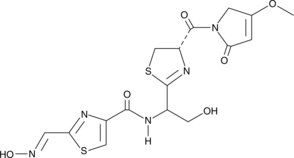Microbiology & Virology
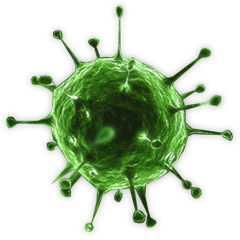
Microbiology & Virology
A virus is a small infectious agent that replicates inside living cells. Viruses cause many human diseases from small illnesses, like influenza, to more deadly diseases, like hepatitis B and HIV. Our body’s immune system defends against viral infection by generating specific antibodies to bind to and neutralize viral particles and by cell mediated immunity that destroys infected host cells.
Targets for Microbiology & Virology
- Antibiotic(531)
- Bacterial lipoprotein targeting chaperone(1)
- CCR5(3)
- CMV(24)
- gp120/CD4(7)
- HBV(78)
- HCV(170)
- HIV(453)
- HSV(86)
- Influenza virus(139)
- NA(11)
- Reverse Transcriptase(67)
- RSV(38)
- SRPK(5)
- SARS-CoV(134)
- Antifungal(34)
- Orthopoxvirus(2)
- Antimalaria(10)
- Beta-Lactamase(0)
- VEEV(1)
- Arenavirus(10)
- Bacterial(1301)
- Enterovirus(21)
- Filovirus(5)
- Fungal(335)
- Parasite(387)
- Virus Protease(73)
- Chicken Pox & Shingles(0)
- Chikungunya(0)
- Coronaviruses(9)
- Dengue(2)
- DNA & RNA Polymerase Inhibitors(4)
- Ebola(0)
- Entry/Fusion Inhibitors(6)
- Epstein-Barr(0)
- Integrase Inhibitors(2)
- MERS(6)
- Others(0)
- Rhinoviruses(1)
- West Nile Virus(0)
- Yellow Fever(1)
- Zika(0)
- COVID-19(16)
- Antiviral(2)
Products for Microbiology & Virology
- Cat.No. Product Name Information
-
GC15424
5-hydroxypyrazine-2-carboxylic acid
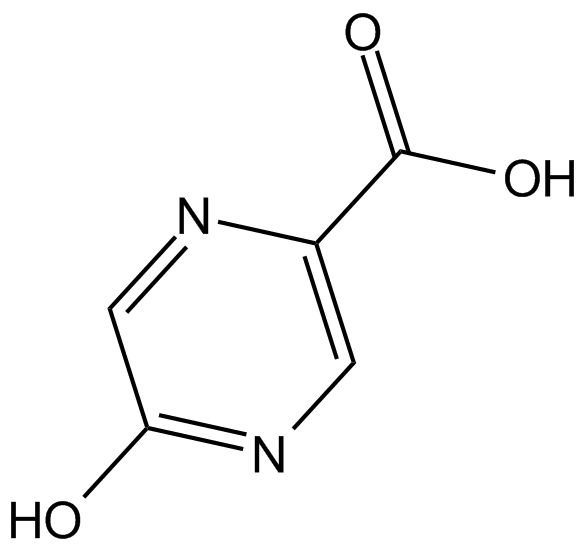
-
GC60030
5-Hydroxytoluene-2,4-disulphonic acid diammonium
5-Hydroxytoluene-2,4-disulphonic acid diammonium is an impurity of Policresulen.
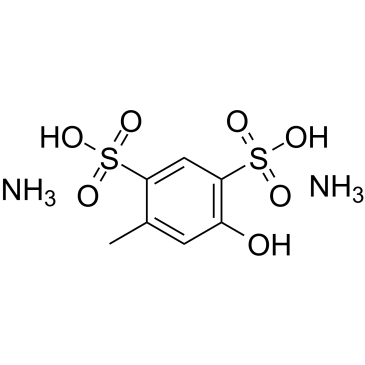
-
GC66324
5-Nitrobarbituric acid
5-Nitrobarbituric acid is a herpes simplex virus type-1 (HSV-1) inhibitor (IC50=1.7 μM).
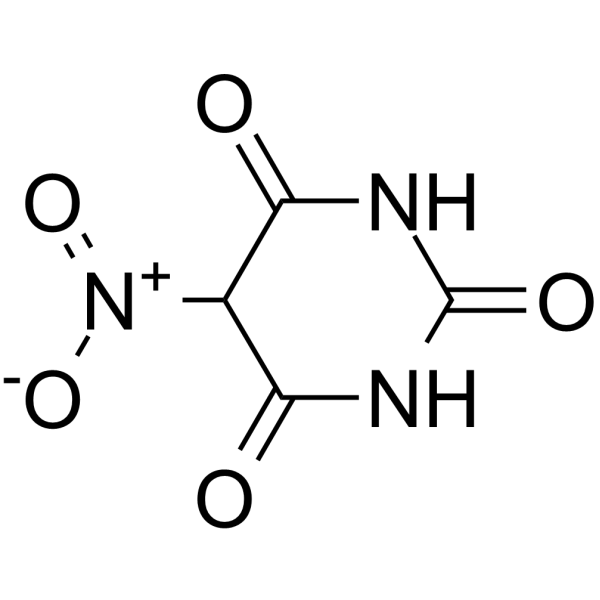
-
GC19536
6'-Sialyllactose Sodium Salt
6'-Sialyllactose (sodium), a predominant milk oligosaccharide, reduces the internalisation of Pseudomonas aeruginosa in human pneumocytes.
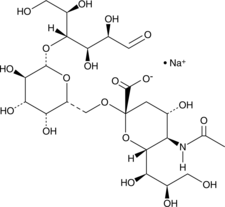
-
GC35174
6-Amino-5-azacytidine
6-Amino-5-azacytidine inhibits the growth of bacteria E.
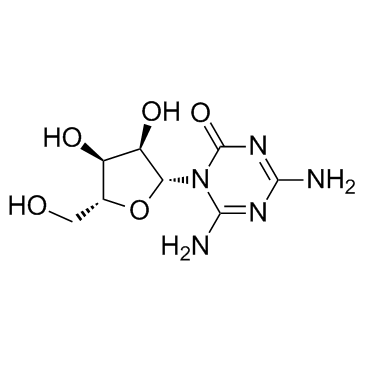
-
GC39782
6-Aminopenicillanic acid
6-Aminopenicillanic acid (6-APA) is an important precursor for the synthesis of ?-lactam antibiotics.
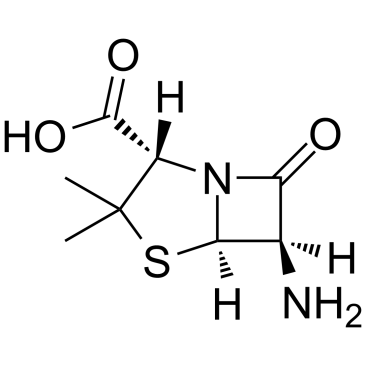
-
GC60031
6-Azathymine
6-Azathymine, a 6-nitrogen analog of thymine, is a potent D-3-aminoisobutyrate-pyruvate aminotransferase inhibitor.

-
GC46721
6-Chloro-2-fluoropurine
A heterocyclic building block
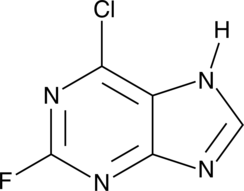
-
GC62533
6-Chloro-7-deazapurine-β-D-riboside
Chloro-7-deazapurine-β-D-riboside is a nucleoside derivative and has antifungal activity.
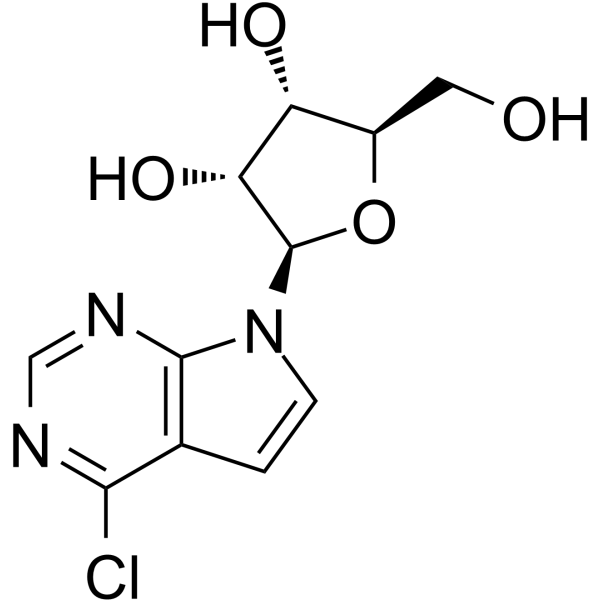
-
GC49749
6-Deoxypenciclovir
An inactive metabolite of famciclovir
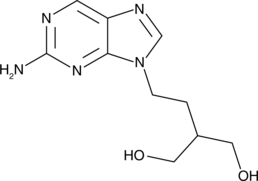
-
GC34145
6-Quinoxalinecarboxylic acid, 2,3-bis(bromomethyl)-
6-Quinoxalinecarboxylic acid, 2,3-bis(bromomethyl)-, derived from 2,3-Bis(bromomethyl)quinoxaline, shows antibacterial activity.

-
GC48769
7,10-dihydroxy-8(E)-Octadecenoic Acid
An antibacterial hydroxy fatty acid

-
GC33577
7-Aminoactinomycin D (7-AAD)
7-Aminoactinomycin D (7-AAD) (7-AAD) a fluorescent DNA stain, is a potent RNA polymerase inhibitor.
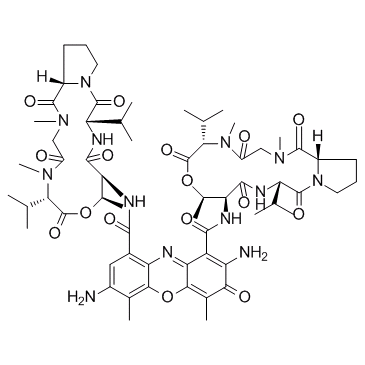
-
GC16758
7-Aminocephalosporanic acid
Potent β-lactamase inhibitor
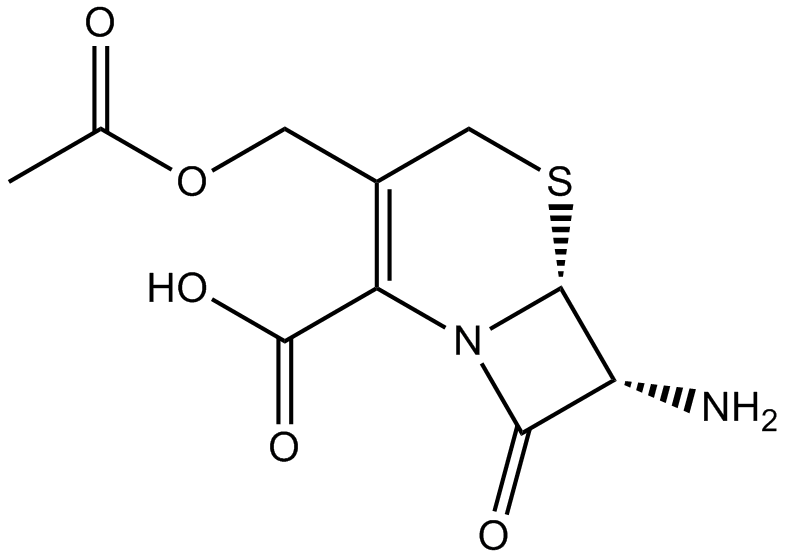
-
GC62651
7-Chloro-4-(piperazin-1-yl)quinoline
7-Chloro-4-(piperazin-1-yl)quinolone is an important scaffold in medicinal chemistry.
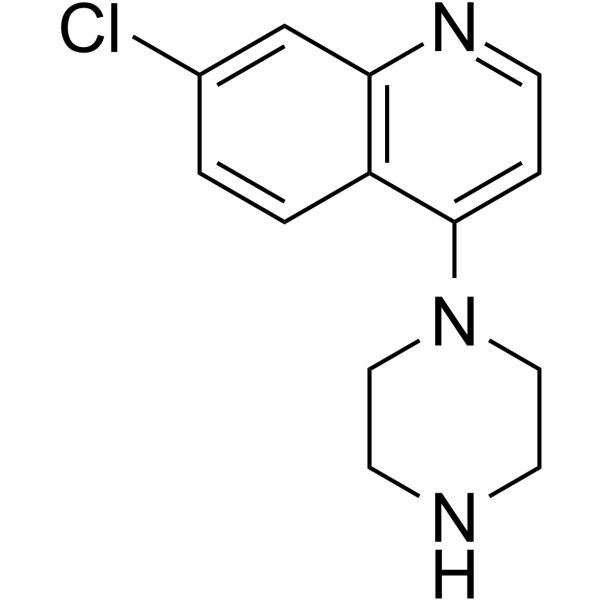
-
GC60034
7-O-Demethyl rapamycin
7-O-Demethyl rapamycin, a derivative of Rapamycin, has antifungal activity and immunosuppressant properties.
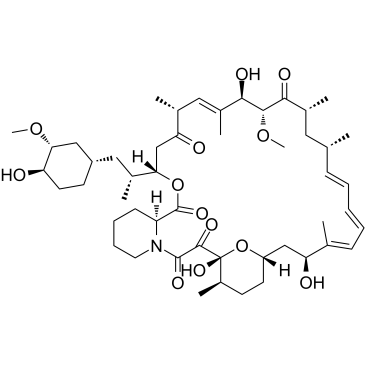
-
GC35194
7-O-Methylaloeresin A
7-O-Methylaloeresin A is 5-methylchromone glycoside isolated from Commiphora socotrana (Burseraceae).
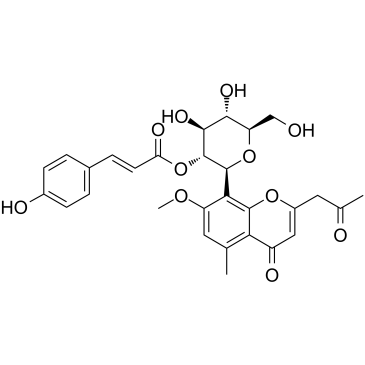
-
GC35196
7-Prenyloxycoumarin
7-Prenyloxycoumarin (7-O-Prenylumbelliferone) is a secondary metabolite from the endophytic fungus of Annulohypoxylon ilanense.

-
GC35199
8-Deoxygartanin
8-Deoxygartanin, a prenylated xanthones from G.
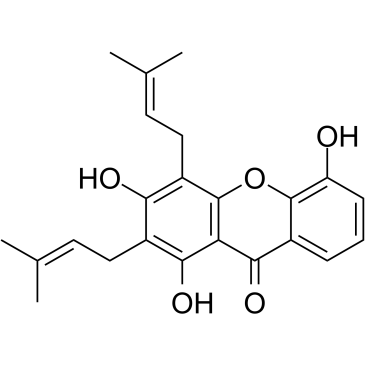
-
GC35200
8-Epidiosbulbin E acetate
8-Epidiosbulbin E acetate, a furanoid, is abundant in Dioscorea bulbifera L.
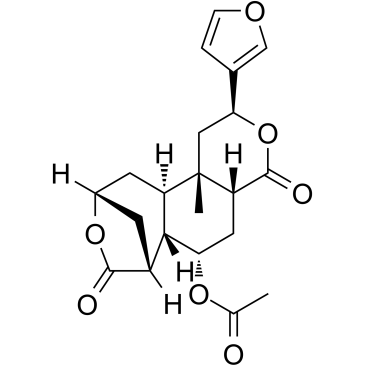
-
GC30243
8-Hydroxyquinoline
8-Hydroxyquinoline (8-Hydroxyquinoline) is a monoprotic bidentate chelating agent, exhibits antiseptic, disinfectant, and pesticide properties, functioning as a transcription inhibitor.
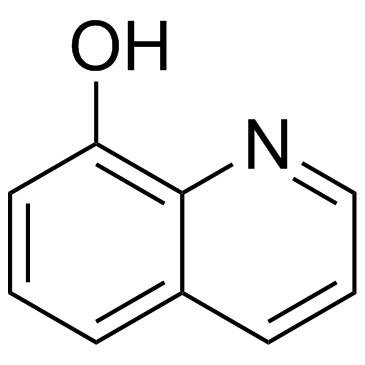
-
GC30119
9-Aminoacridine (Aminacrine)
9-Aminoacridine (Aminacrine) (Aminacrine) is a highly fluorescent dye used as a topical antiseptic and experimentally as a mutagen, an intracellular pH indicator.
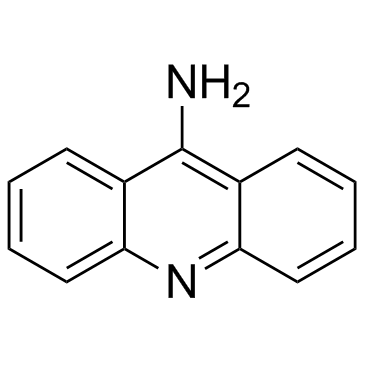
-
GC60036
9-Hydroxycalabaxanthone
9-Hydroxycalabaxanthone (Xanthone I) is a known xanthone isolated from Garcinia mangostana Linn.
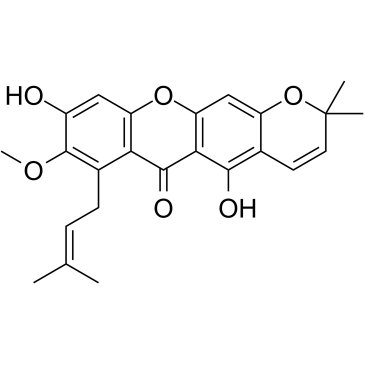
-
GC35208
9-Propenyladenine
9-Propenyladenine is a mutagenic impurity in tenofovir disoproxil fumarate.
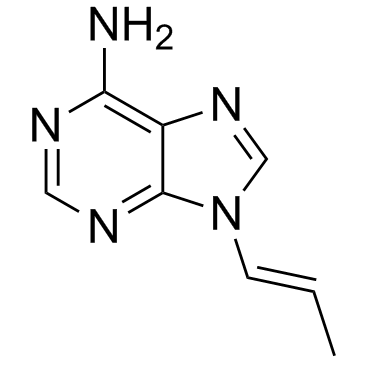
-
GC12922
A-54556A
natural acyldepsipeptide (ADEP) antibiotic
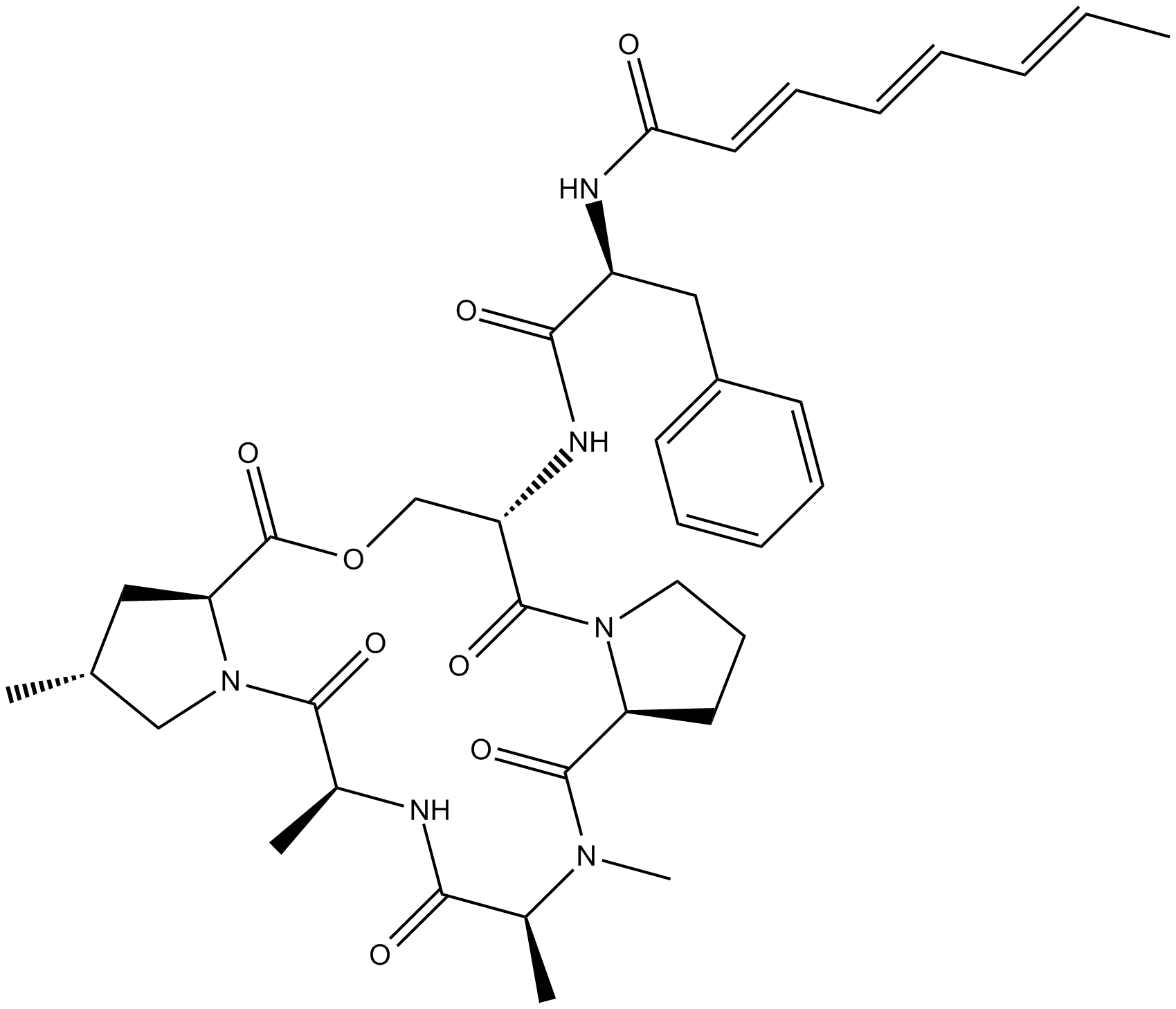
-
GC60546
A2ti-1
A2ti-1 is a selective and high-affinity annexin A2/S100A10 heterotetramer (A2t) inhibitor with an IC50 of 24 μM.
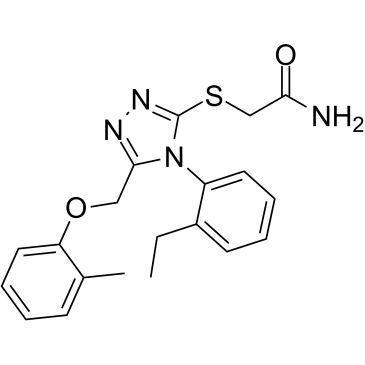
-
GC61878
A2ti-2
A2ti-2 is a selective and low-affinity annexin A2/S100A10 heterotetramer (A2t) inhibitor with an IC50 of 230 μM.
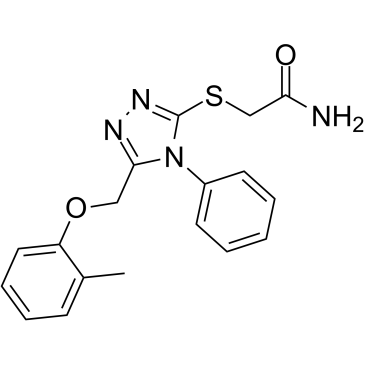
-
GC32373
A7132
A7132 is an antibacterial agent.
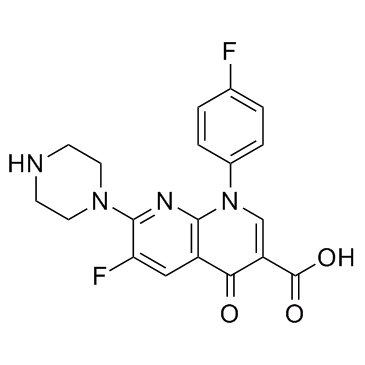
-
GC52230
AA3-DLin
An ionizable cationic amino lipid

-
GC64241
AAA-10
AAA-10 is an orally active gut bacterial bile salt hydrolases (BSH) inhibitor, with IC50s of 10 nM, 80 nM against B.

-
GC32165
AAI101
AAI101 (AAI101) is an extended-spectrum β-lactamase inhibitor, against many resistant Gram-negative pathogens.
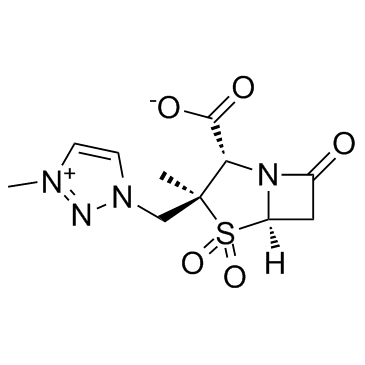
-
GC19014
AB-423
AB-423 is an inhibitor of HBV capsid assembly, and potent inhibits HBV replication with EC50/EC90 of 0.08-0.27 uM/0.33-1.32 uM in cells.
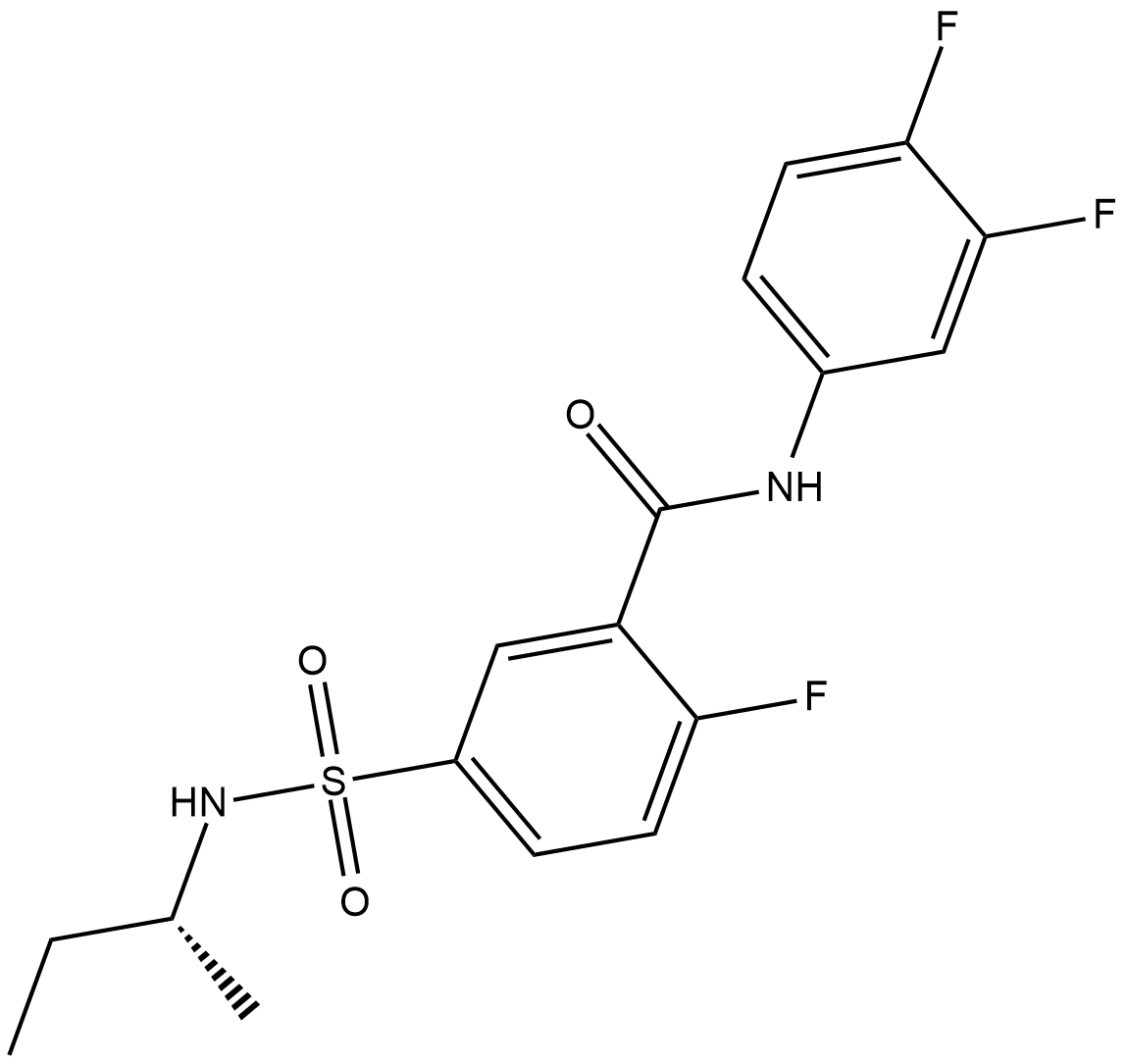
-
GC13805
Abacavir
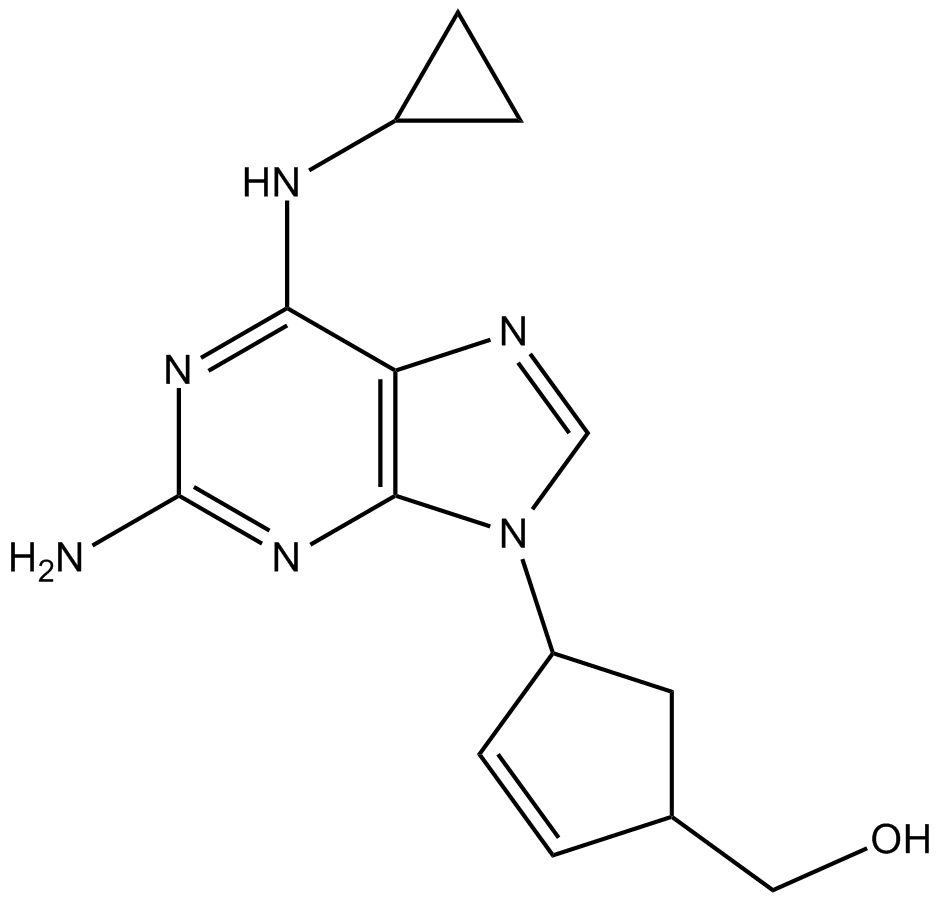
-
GC42667
Abacavir Carboxylate
Abacavir carboxylate is an inactive metabolite of the HIV-1 reverse transcriptase inhibitor abacavir.
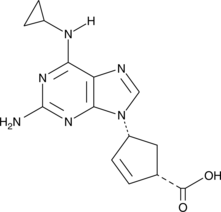
-
GC11274
Abacavir sulfate
Reverse transcriptase inhibitor
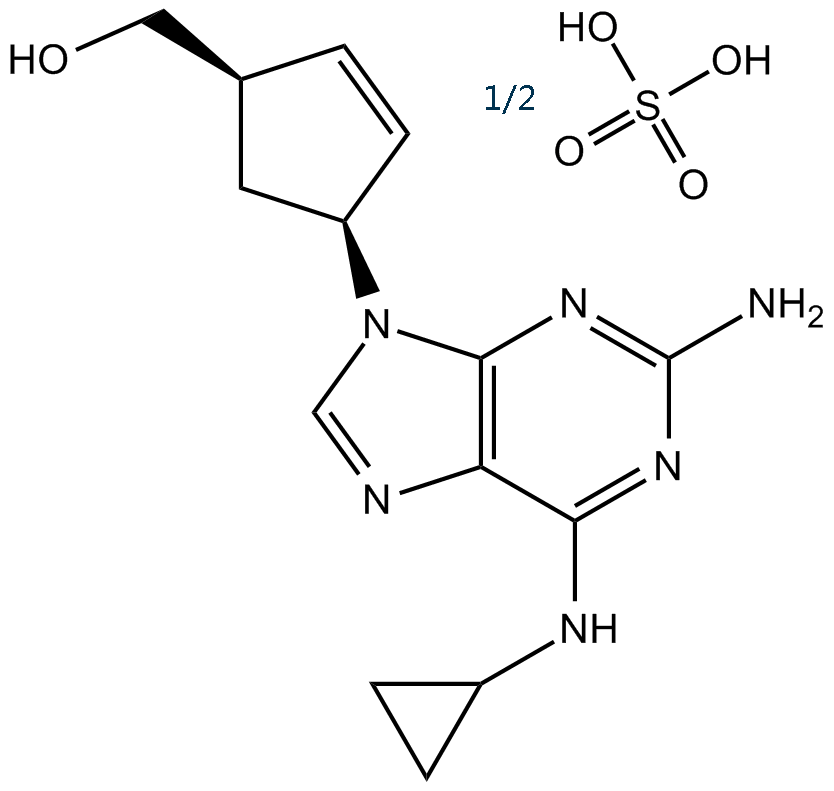
-
GC46767
Abacavir-d4
An internal standard for the quantification of abacavir
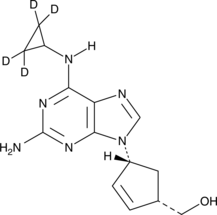
-
GC46769
Abametapir
A building block and an insecticide
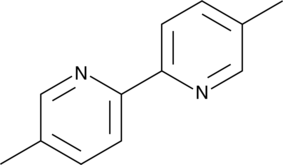
-
GC19409
ABBV-744
ABBV-744 is a BDII-selective BET bromodomain inhibitor
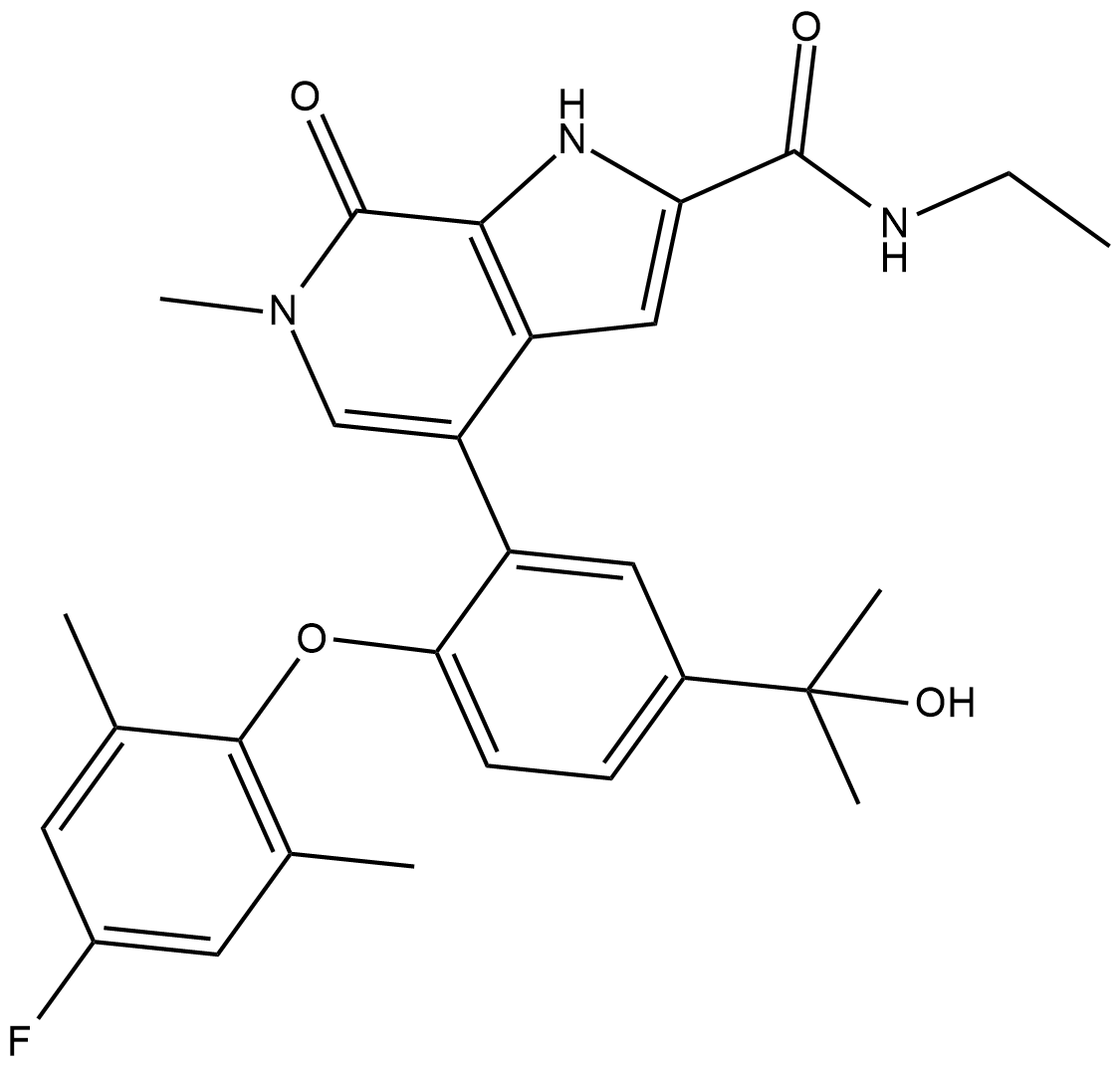
-
GC40831
Abietic Acid
Abietic acid is an abietane diterpene originally isolated from wood resin that has diverse biological activities, including enzyme inhibitory, antiproliferative, antibacterial, and anti-obesity properties.
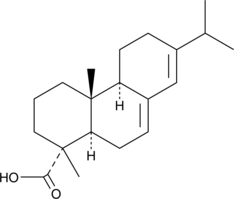
-
GC39655
ABMA
ABMA is a broad-spectrum inhibitor of intracellular toxins and pathogens.
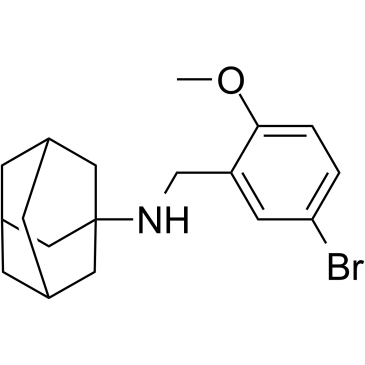
-
GC25027
Absinthin
Absinthin (Absynthine) is a naturally produced triterpene lactone from Artemisia absinthium with anti-inflammatory properties. Absinthin significantly enhances the expression of matrix metalloproteinase-8 (MMP-8) and is a possible treatment candidate for Acute lung injury (ALI).
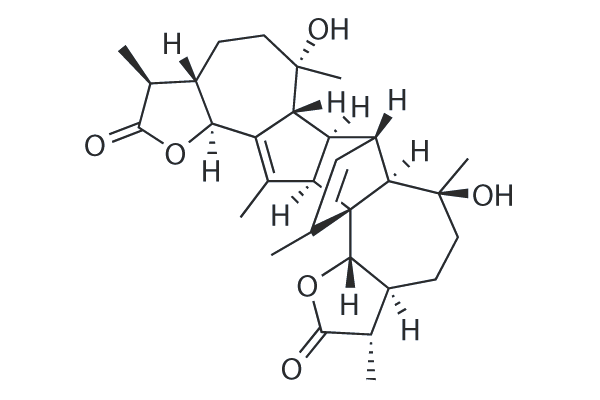
-
GC33977
ABT-072
ABT-072 is an orally active and potent non-nucleoside HCV NS5B polymerase inhibitor (HCV GT1a EC50=1 nM; HCV GT1b EC50=0.3 nM).
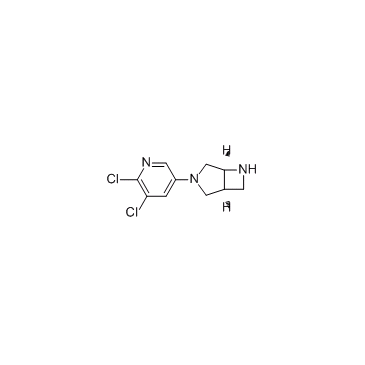
-
GC63300
ABT-072 potassium trihydrate
ABT-072 (potassium trihydrate) is an orally active and potent non-nucleoside HCV NS5B polymerase inhibitor (HCV GT1a EC50=1 nM; HCV GT1b EC50=0.3 nM).
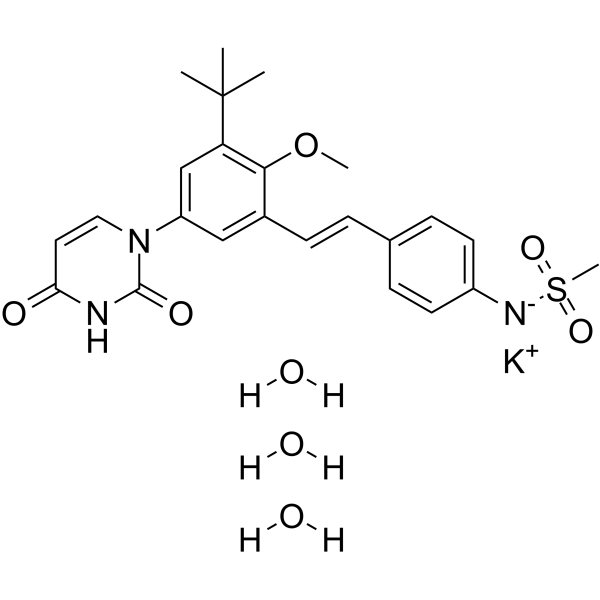
-
GC32145
ABX464
ABX464 (ABX464) is a potent anti-HIV agent.
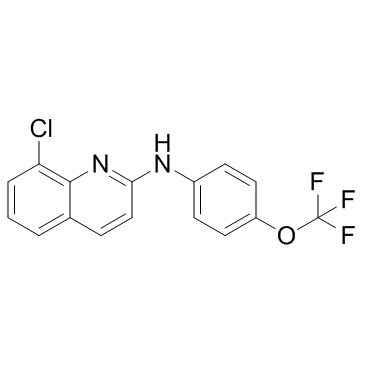
-
GC32113
Ac-CoA Synthase Inhibitor1
Ac-CoA Synthase Inhibitor1 is a potent, reversible acetate-dependent acetyl-CoA synthetase 2 (ACSS2) inhibitor with an IC50 of 0.6 ?M.
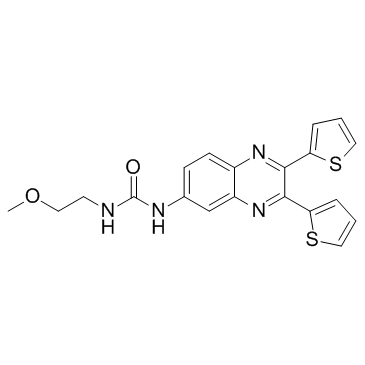
-
GC33978
Acetohydroxamic acid (AHA)
Acetohydroxamic acid (AHA) is a potent and irreversible inhibitor of bacterial and plant urease and also used as adjunctive therapy in chronic urinary infection.
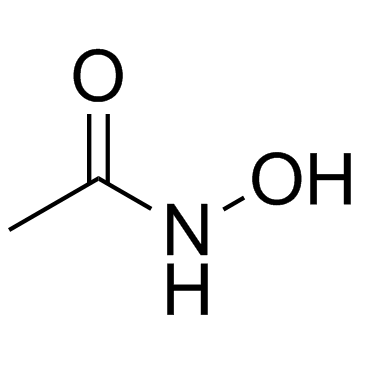
-
GC41594
Acetyl-L-Homoserine lactone
Acetyl-L-homoserine lactone belongs to the family of N-acylated homoserine lactones (HSLs) and has an acyl chain length of two carbons.
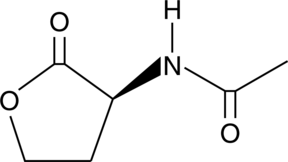
-
GA20545
Acetyl-Pepstatin
Acetyl-pepstatin is reported to be an effective inhibitor of HIV-1 proteinase (Ki = 20 nM at pH 4.7) and of HIV-2 proteinase (Ki = 5 nM at pH 4.7). Ac-Val-Val-Sta-Ala-Sta also inhibits the P. falciparum aspartyl protease plasmepsin II, IC?? 0.6 nM.
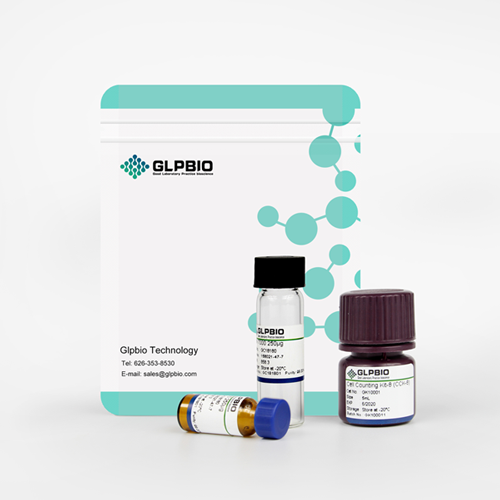
-
GC60556
Acetylalkannin
Acetylalkannin (Alkannin acetate) is an isohexenylnaphthazarin pigment isolated from Arnebia euchroma with antimicrobial and cytotoxic activities.
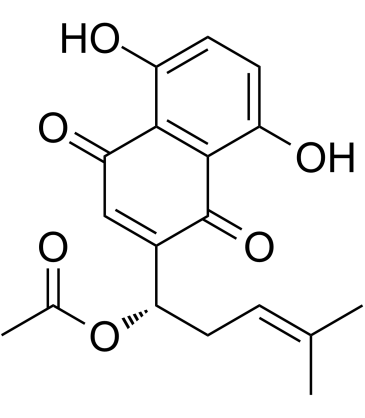
-
GC33970
Acetylazide (Acetylkelfizina)
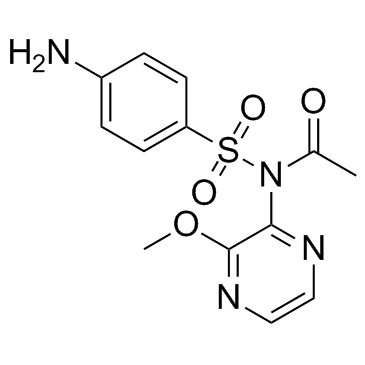
-
GC35232
Acetyllovastatin
Acetyllovastatin, a acetate of Lovastatin, presentes a moderate inhibitory effect against the enzyme acetylcholinesterase with an IC50 of 79 μg/mL.

-
GC35237
Acetylspiramycin
Acetylspiramycin (Spiramycin B; Spiramycin II; Foromacidin B) is a potent and orally active macrolide antibiotic produced by various Streptomyces species, an acetylated derivative of Spiramycin.
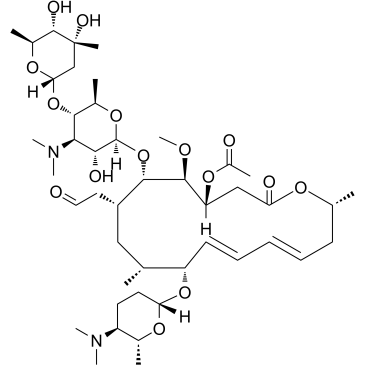
-
GC32305
ACH-806 (GS9132)
ACH-806 (GS9132) is an NS4A antagonist which can inhibit Hepatitis C Virus (HCV) replication with an EC50 of 14 nM.
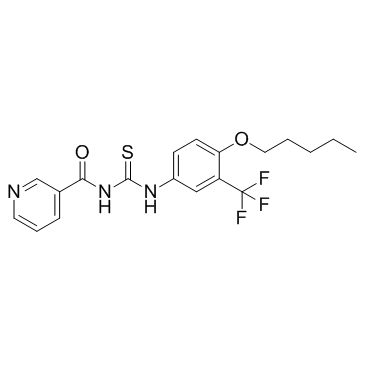
-
GC60039
ACHN-975 TFA
ACHN-975 TFA is a selective LpxC inhibitor and exhibits a subnanomolar LpxC inhibitory activity.
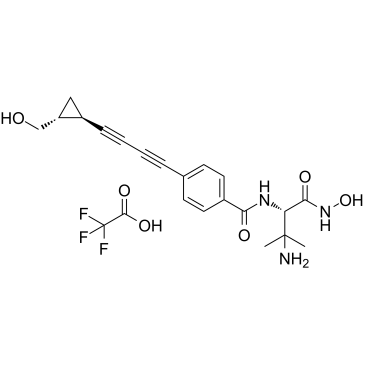
-
GC42707
Acivicin
Acivicin is a glutamine analog that irreversibly inhibits glutamine-dependent amidotransferases involved in nucleotide and amino acid biosynthesis (Kis = 10 and 560 μM for anthranilate synthase and glutamate synthase, respectively).
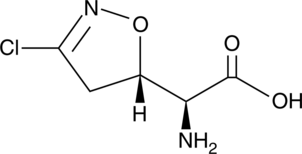
-
GC60562
Acivicin hydrochloride
Acivicin hydrochloride (AT-125 hydrochloride), a natural product produced by Streptomyces sviceus, is a γ-glutamyl transpeptidase (GGT) inhibitor.
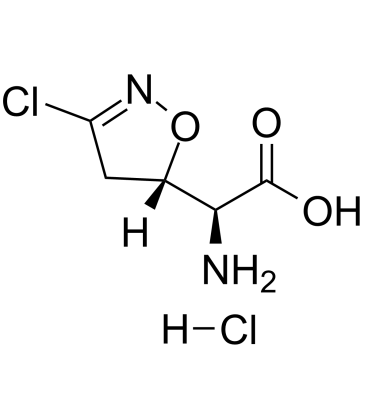
-
GC32137
Acoziborole (SCYX-7158)
Acoziborole (SCYX-7158) (SCYX-7158) is an effective, safe and orally active antiprotozoal agent for the research of human african trypanosomiasis (HAT).
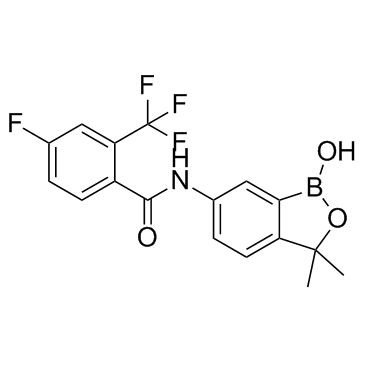
-
GC61894
Acridone
Acridone is an organic compound based on the acridine skeleton.
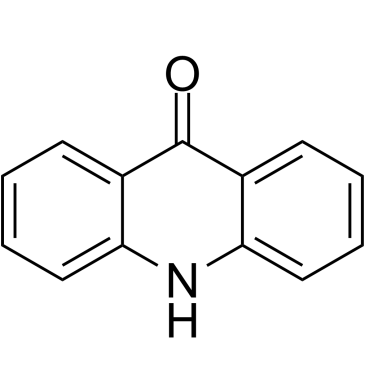
-
GC62354
Acriflavine hydrochloride
Acriflavine hydrochloride (Acriflavinium chloride hydrochloride) is a fluorescent acridine dye that can be used to label nucleic acid.
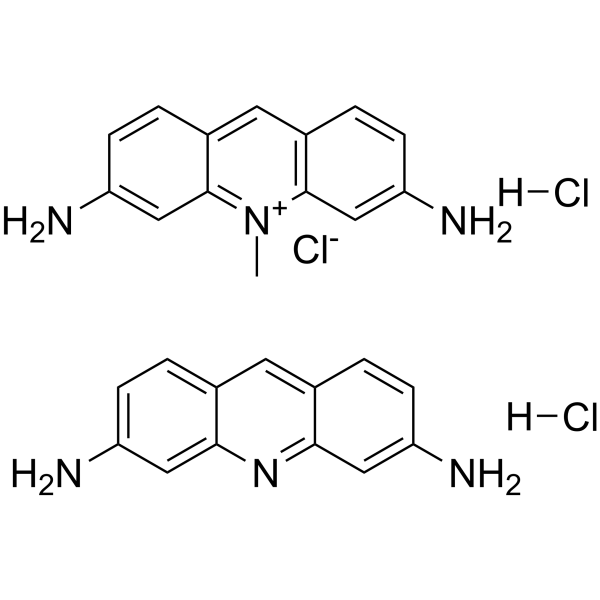
-
GC63450
ACT-451840
ACT-451840 is an orally active, potent and low-toxicity compound, showing activity against sensitive and resistant plasmodium falciparum strains.
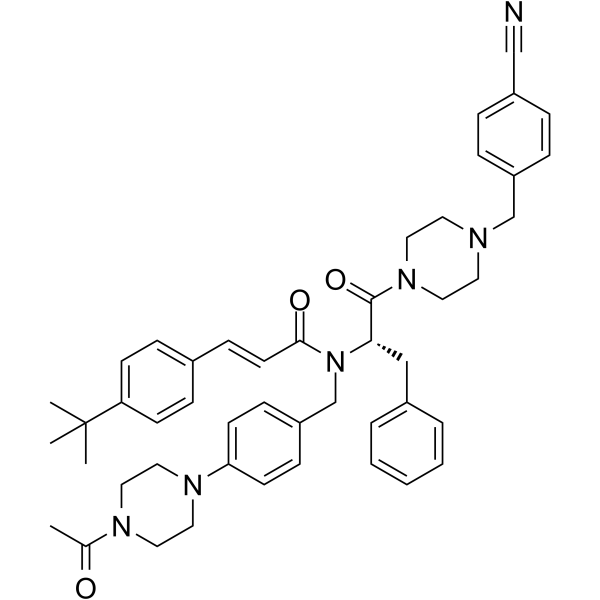
-
GC10552
Actagardin
tetracyclic antibiotic
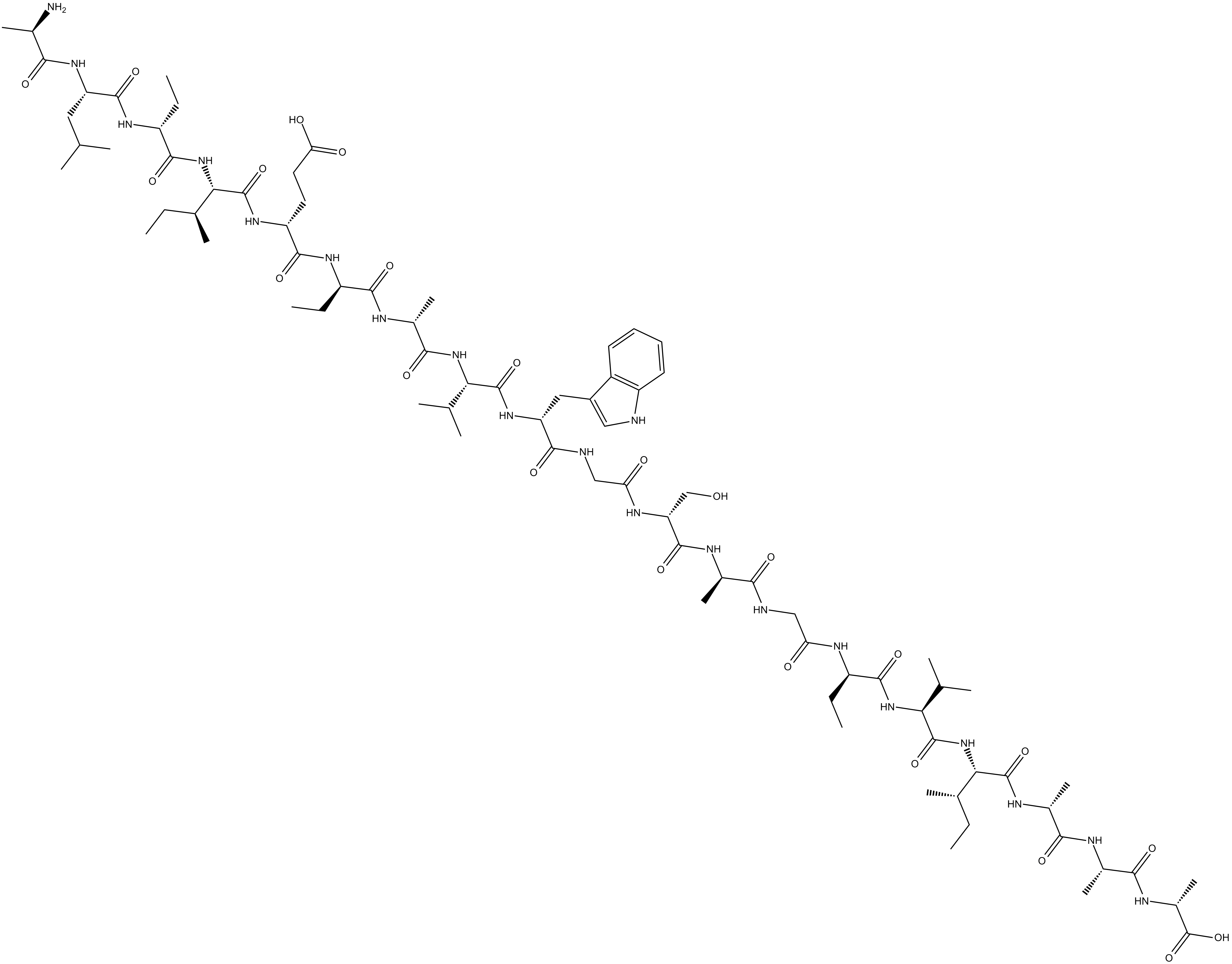
-
GC16350
Actinonin
Peptidomimetic antibiotic that inhibits aminopeptidases
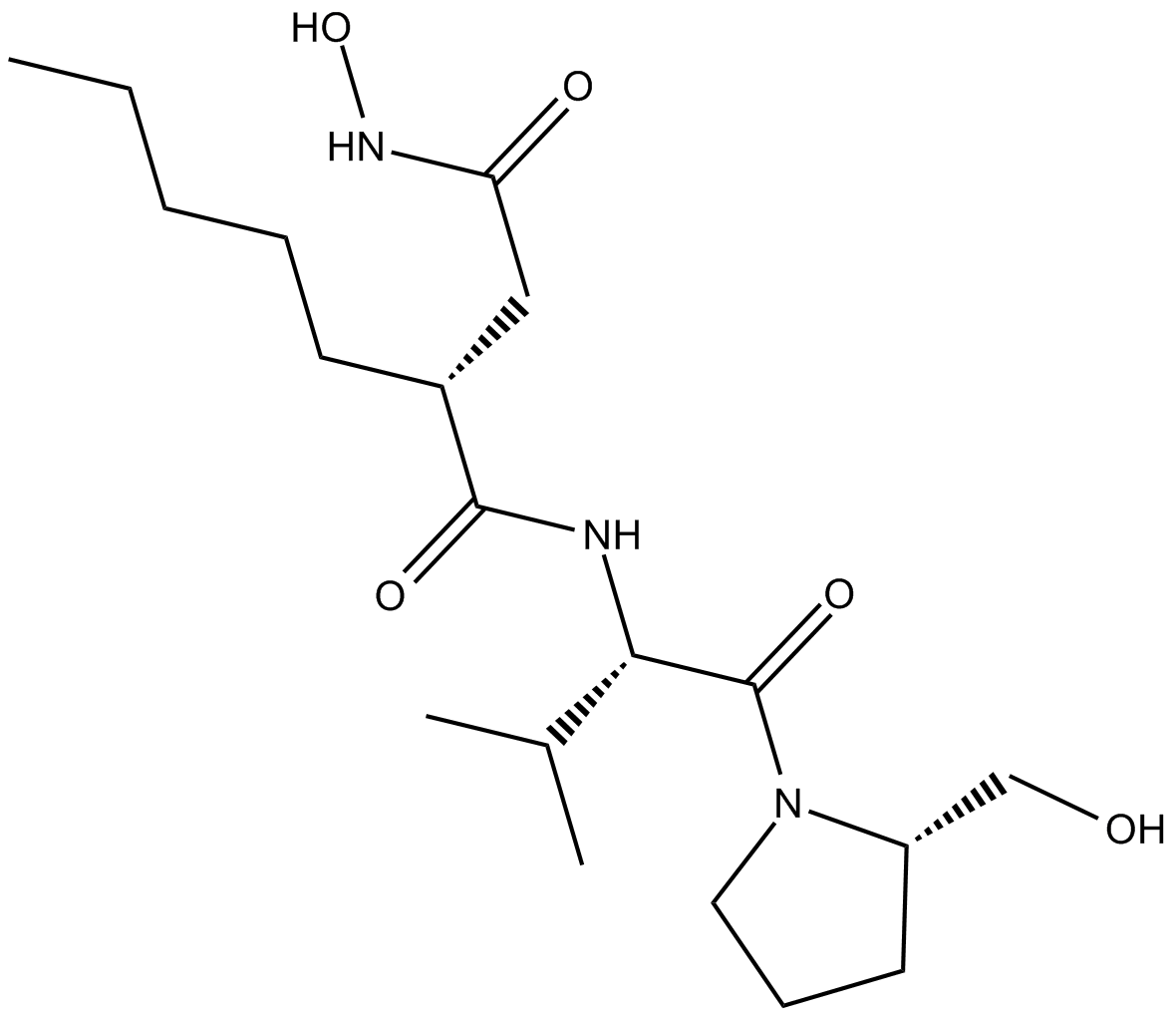
-
GC35247
ACX-362E
ACX-362E (ACX-362E) is a first-in-class, orally active DNA polymerase IIIC (pol IIIC) inhibitor, with a Ki of 0.325 μM for the DNA pol IIIC from C.
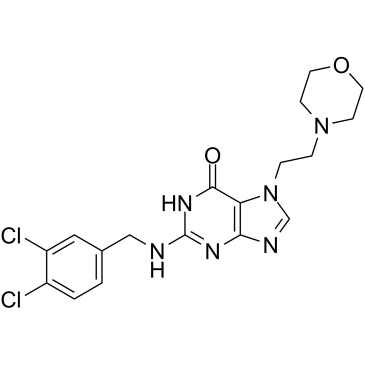
-
GC17186
Acyclovir
Antiviral agent

-
GC46797
Acyclovir-d4
An internal standard for the quantification of acyclovir
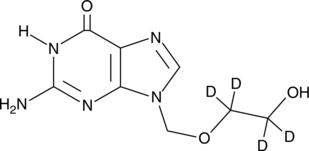
-
GC42731
Adefovir
Adefovir is an acyclic nucleoside phosphonate that acts as a reverse transcriptase inhibitor.
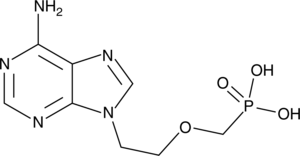
-
GC16841
Adefovir Dipivoxil
Reverse transcriptase inhibitor
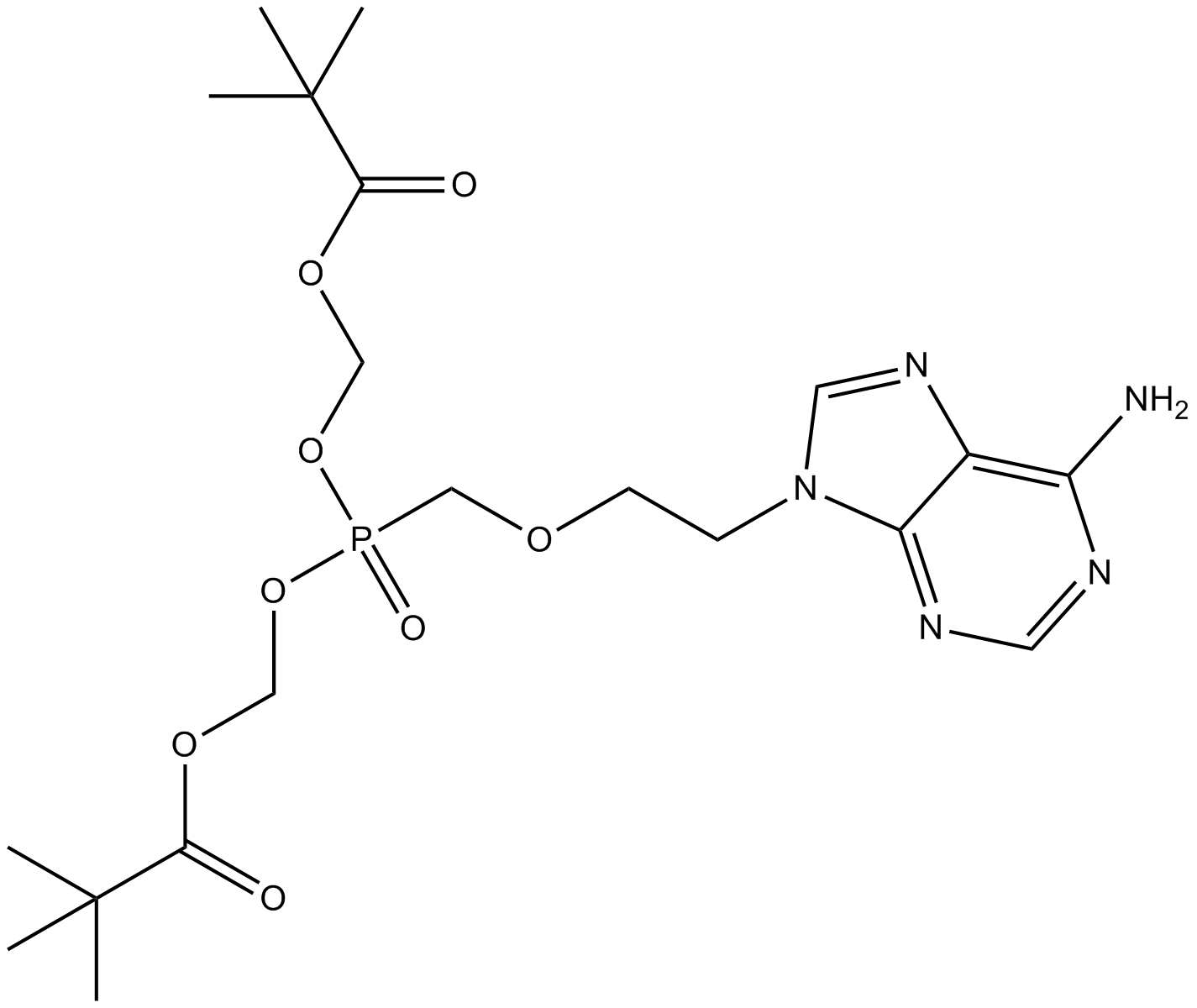
-
GC46805
Adefovir-d4
An internal standard for the quantification of adefovir

-
GC14502
AEBSF.HCl
AEBSF.HCl is a broad-spectrum irreversible inhibitor of serine proteases, which can inhibit chymotrypsin, kallikrein, plasmin, thrombin, trypsin and related thrombolytic enzymes.
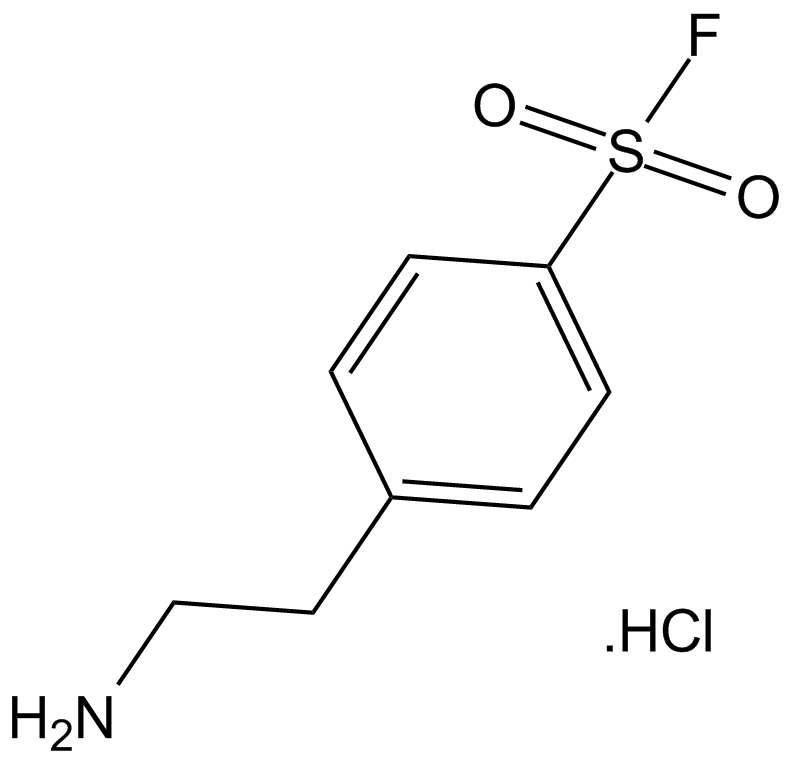
-
GC60566
Aegeline
Aegeline, a main alkaloid, mimics the yeast SNARE protein Sec22p in suppressing α-synuclein and Bax toxicity in yeast.
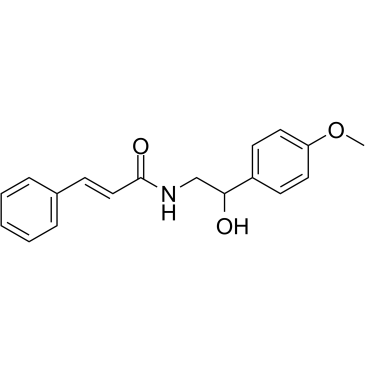
-
GC15759
Aerothionin
antimycobacterial activity

-
GC32295
Afabicin (Debio 1450)
Afabicin (Debio 1450) (Debio 1450) is the prodrug of Debio1452, specifically targeting staphylococci without significant activity against other Gram-positive or Gram-negative species.
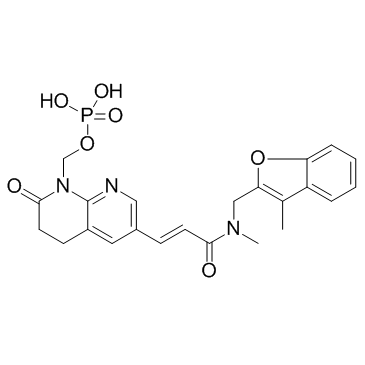
-
GC35261
Aflatoxin B1
Aflatoxin B1, as a class of carcinogenic mycotoxins produced by Aspergillus fungi, always lead to the development of hepatocellular carcinoma (HCC) in humans and animals.
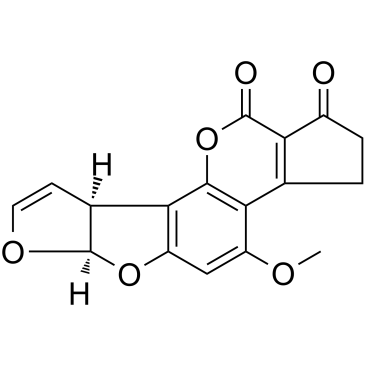
-
GC41359
Aflatoxin B2
Aflatoxins are naturally occuring mycotoxins produced by various species of the mold Aspergillus, which can be found in legumes, corn, soybeans, rice, milk, and cheese.
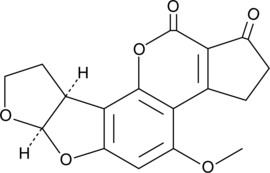
-
GC42744
Aflatoxin G1
Aflatoxin G1 is a food contaminant produced by various species of the common soil fungus, Aspergillus and is associated with toxicity and hepatocarcinogenicity in human and animal populations.
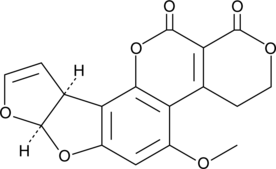
-
GC42745
Aflatoxin M1
Aflatoxin M1 is a natural oxidative metabolite of the mycotoxin aflatoxin B1.
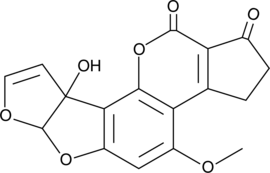
-
GC40646
AFN-1252
AFN-1252 is an inhibitor of staphylococcal enoyl-acyl carrier protein reductase (FabI; Ki = 12.8 nM), an enzyme that activates bacterial fatty acid biosynthesis.
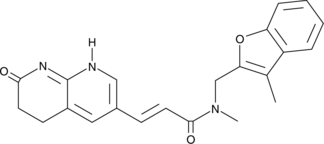
-
GC50013
AG 1478 hydrochloride
Highly potent EGFR-kinase inhibitor
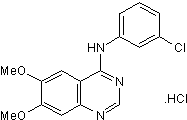
-
GC11744
AG 555
Potent EGFR-kinase inhibitor

-
GC30178
Ajugol
Ajugol is an iridoid glycoside that can be isolated from Sideritis germanicopolitana.
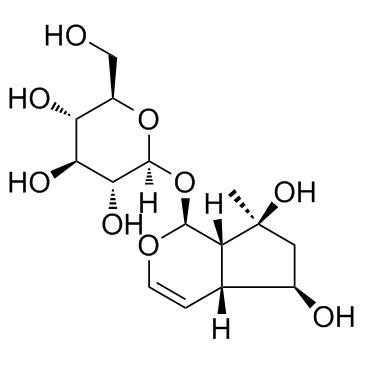
-
GC33974
Aklomide (2-Chloro-4-nitrobenzamide)
Aklomide (2-Chloro-4-nitrobenzamide) is used to fight disease, parasites and insects that infest poultry.
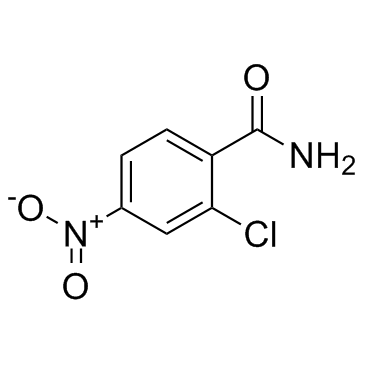
-
GC11255
Alamethicin
antibiotic peptide

-
GC13593
Albendazole
treatment of a variety of parasitic worm infestations
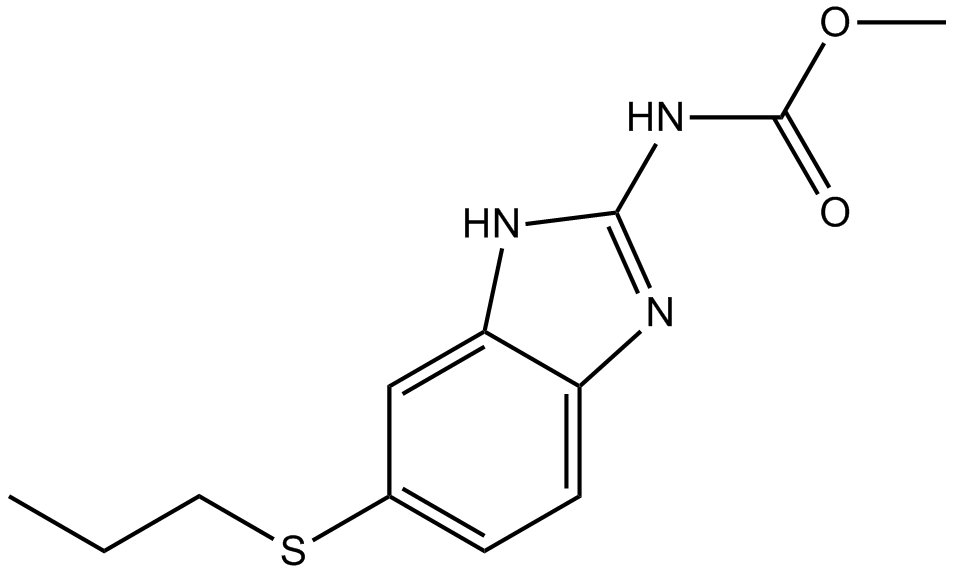
-
GC35276
Albendazole D3
Albendazole D3 (SKF-62979-d3) is the deuterium labeled Albendazole, which is a member of the benzimidazole compounds used as a drug indicated for the treatment of a variety of worm infestations.
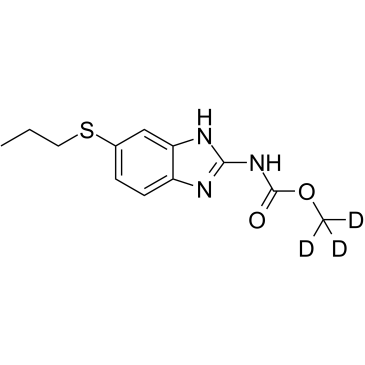
-
GC17811
Albendazole Oxide
Albendazole Oxide (Ricobendazole), the main active metabolite of Albendazole, exhibits anti-parasite effect against Echinococcus multilocularis Metacestodes.
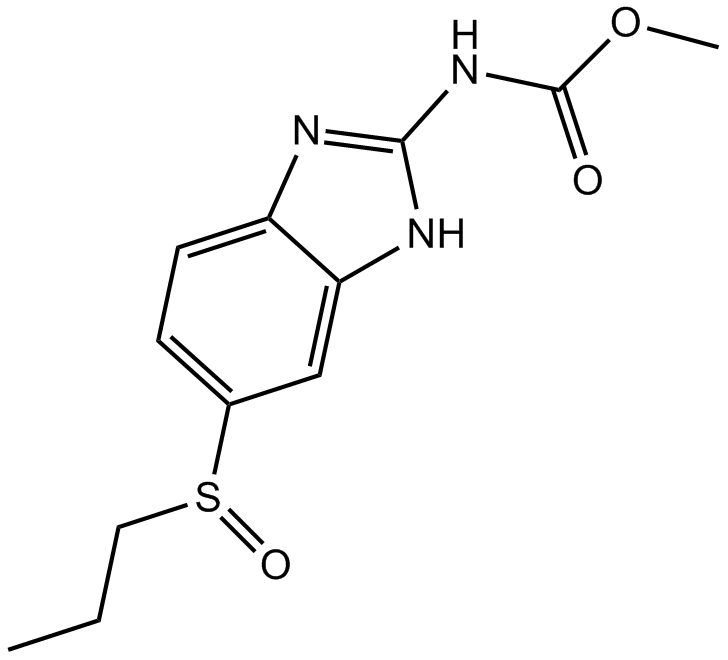
-
GC35277
Albendazole sulfoxide D3
Albendazole sulfoxide D3 is deuterium labeled Albendazole sulfoxide, which is a broad-spectrum anthelmintic.
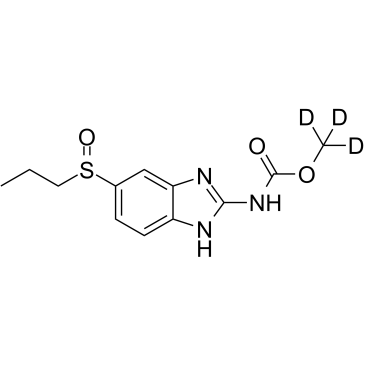
-
GC41080
Albofungin
Albofungin is a xanthone isolated from A.

-
GC32379
Aliconazole
Aliconazole is an antifungal imidazole derivative.
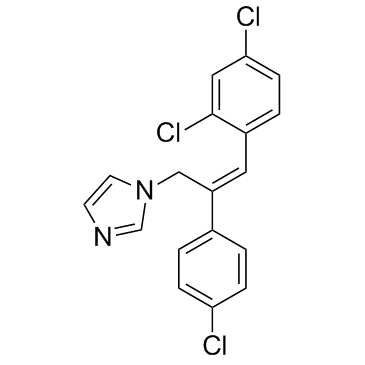
-
GC32072
Alisporivir (DEB-025)
Alisporivir (DEB-025) (Debio-025) is a cyclophilin inhibitor molecule with potent anti-hepatitis C virus (HCV) activity.
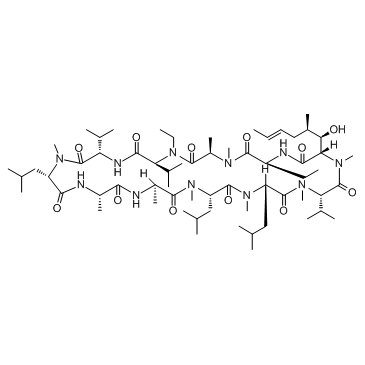
-
GC30940
Allergen Gal d 4 (46-61), chicken (Lysozyme C (46-61) (chicken))
Allergen Gal d 4 (46-61), chicken (Lysozyme C (46-61) (chicken)) is a hen egg white lysozyme peptide.
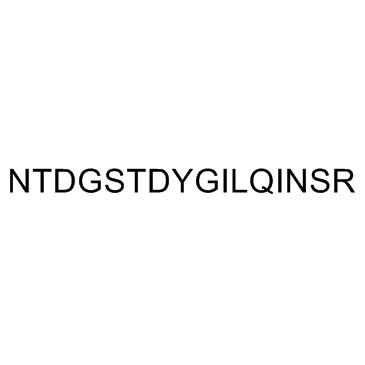
-
GC34462
Allicin
A natural product with diverse biological activities
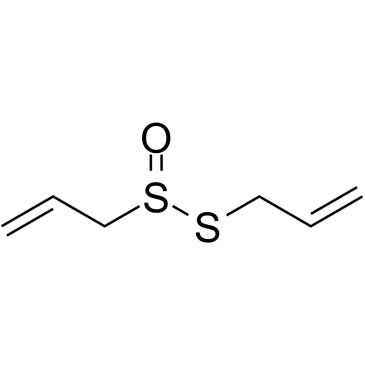
-
GC35295
Allopurinol riboside
A ribonucleoside
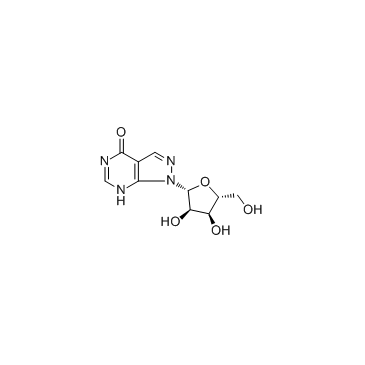
-
GC38661
Allyl methyl sulfide
Allyl methyl sulfide is a bioactive organosulfur compound found in garlic.
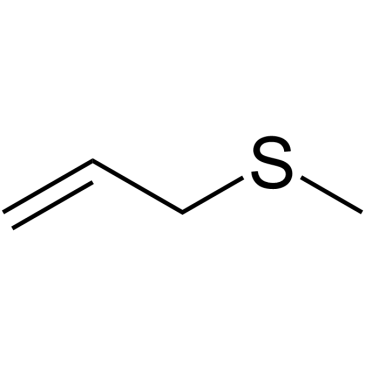
-
GC35300
Aloin(mixture of A&B)
Aloin (mixture of A&B) is anthraquinone derivative isolated from Aloe vera.
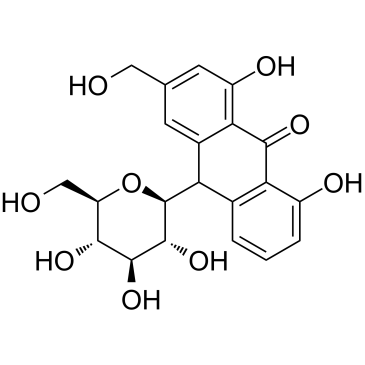
-
GC14314
Aloperine
An alkaloid
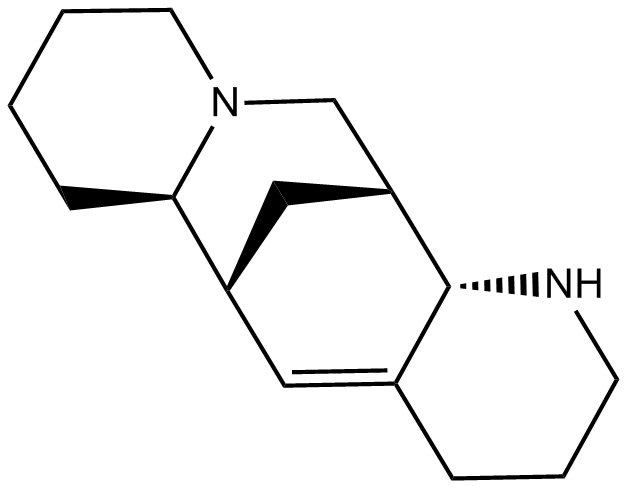
-
GC35306
alpha-Mangostin
alpha-Mangostin (α-Mangostin) is a dietary xanthone with broad biological activities, such as antioxidant, anti-allergic, antiviral, antibacterial, anti-inflammatory and anticancer effects. It is an inhibitor of mutant IDH1 (IDH1-R132H) with a Ki of 2.85 μM.
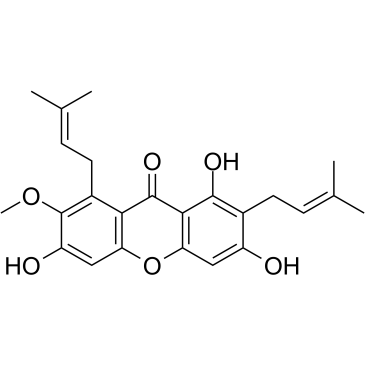
-
GC32070
ALS-8112
ALS-8112 is a potent and selective respiratory syncytial virus (RSV) polymerase inhibitor.
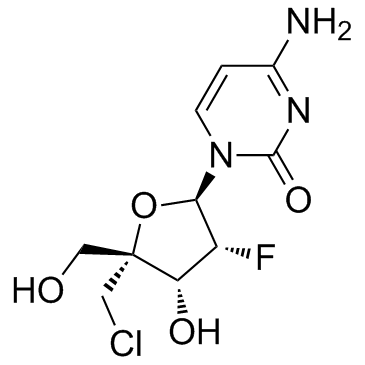
-
GC39796
Alstonine
Alstonine is a major indole alkaloid compound of a plant-based remedy.
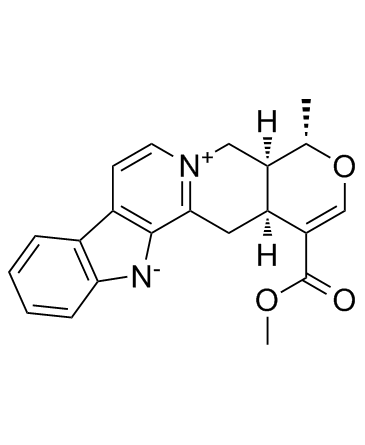
-
GC10779
Alternariol
A mycotoxin with antifungal and phytotoxic activity
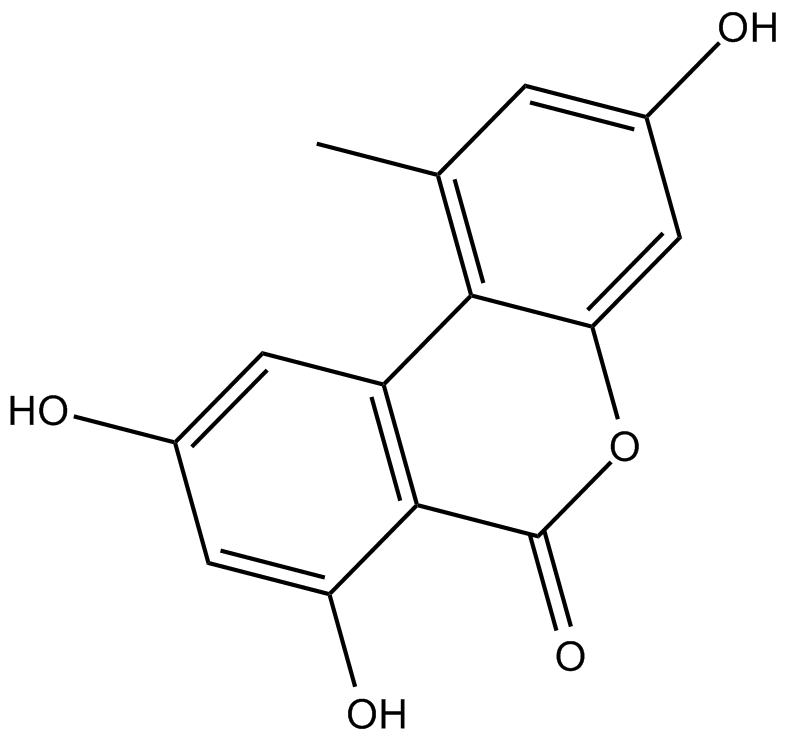
-
GC49039
Althiomycin
A thiazole antibiotic
